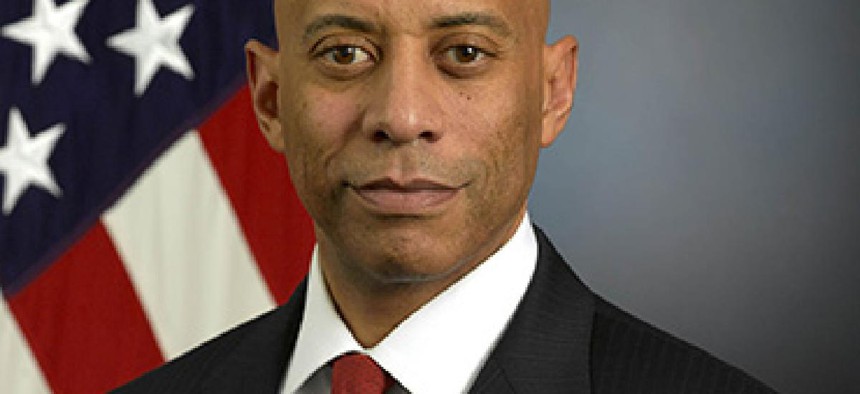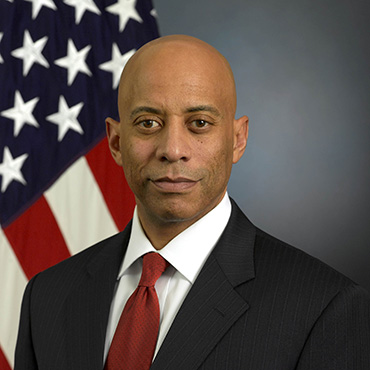Science and Technology Directorate wants to talk

DHS S&T has launched the National Conversation on Homeland Security Technology to inject outside innovators into its tech development processes.

Undersecretary for Science and Technology Reginald Brothers says DHS is looking for industry's "best thinking" on new technologies.
The Department of Homeland Security's Science and Technology Directorate has begun casting a wider net in its hunt for innovative security technologies.
S&T launched a new public engagement strategy Jan. 12 that it calls the National Conversation on Homeland Security Technology, to inject new, outside innovators into its tech development processes.
The program, said DHS Undersecretary for Science and Technology Reginald Brothers in a Jan. 12 blog post, comprises a series of online and in-person discussions aimed at fostering discussions among the public, first responders, industry representatives, academia and government officials that will shape the agency's technology.
“This new innovative way to bring together partners as well as the public in ways we have not been able to reach before will generate innovative solutions to the research and development community, and help to keep communities, and those who protect them, safe and resilient,” Brothers wrote.
The effort changes the way S&T does research and development, and how it advances tech development contracts, S&T spokesman John Verrico told FCW in an email.
"Usually, the government is in the middle -- gathering info on the requirements and translating that to the research community, then using the competitive contract process to fund the development of a technology anticipated to meet the need." End-users, said Verrico, have been an integral part of S&T's development process, but DHS is hoping that looking farther and wider for initial input will open new technological doors, especially among companies that haven't thought of applying their ideas to federal government applications.
Over the next few months, S&T will host a series of five online and in-person collaborative dialogues to address different areas of need in the research and development community: responder of the future; enabling the decision maker; screening at speed; a trusted cyber future; and resilient communities. DHS explained on its website that specific technologies that might be addressed could be sensors, wearable technologies for responders, multi-directional situational awareness and decision making, cybersecurity, screening, and community resilience.
"We are looking for your best thinking on how we can optimally design, develop, experiment, test, and transition technologies in support of these areas and encourage you to think out of the box," wrote Brothers. "There are innumerable commercial solutions that are not currently used for homeland security purposes, but with a stretch of the imagination and thoughtful innovation, the possibilities for applying state-of-the-art solutions in new ways are endless."
DHS efforts to expand development processes for technologies integral to its mission have become more visible in the last few months.
Custom and Border Protection Chief Technology Officer Wolf Tombe was combing the aisles of the Consumer Electronics Show in Las Vegas earlier this month for promising new consumer-oriented technologies that could be adapted to new missions in federal security agencies. In December, S&T opened up some of DHS Cyber Security Division's technology to commercial licensing opportunities in an effort to move department-funded cyber projects out of the lab and into the commercial marketplace, where companies can take them up and spread their use.


